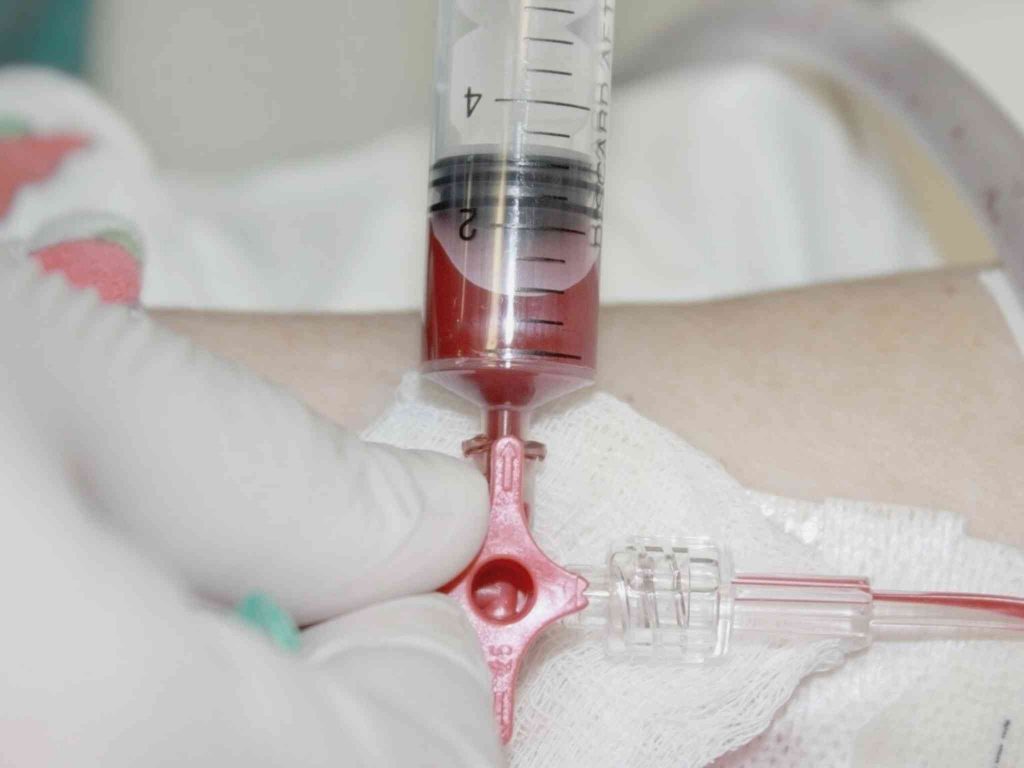A study from the National Center for Biotechnology Information outlines the six key components of an ABG test. These include:
ph = measured acid-based balance of the blood
PaO2 = measured the partial pressure of oxygen in arterial blood
PaCO2 = measured the partial pressure of carbon dioxide in the aterial blood
 HCO3 = calculated relative excess or deficit of base in arterial blood
HCO3 = calculated relative excess or deficit of base in arterial blood
SaO2 = calculated arterial oxygen saturation unless a co-oximetry is obtained, in which case it is measured
Why Do We Need ABGs in Nursing?
An ABG is one of the most commonly used tests to measure oxygenation and blood acid levels. These two components are easy determinants of a patient’s clinical status.
Correct and timely ABG interpretation can lead to faster interventions, changes in the plan of care, and improved patient outcomes.
For this reason, ABGs in nursing are the gold standard in monitoring blood levels, especially in patients that are high risk for decompensation or whose sickness has any sort of respiratory component.
Additionally, it is important to not only understand what ABGs in nursing are, but how they differ from a Venous Blood Gas (VBG) test.
VBGs determine an accurate and reliable reading for the pH and CO2 levels of a patient but cannot accurately determine the oxygenation status due to the level being drawn directly from the vein.
Following, Rachel Nall, MSN, CRNA, with HealthLine.com, outlines a few medical conditions that are detected through ABGs in nursing, these include:
- Kidney failure
- Heart failure
- Uncontrolled diabetes
- Hemorrhage
- Chemical poisoning
- Drug overdose
- Shock




 HCO3 = calculated relative excess or deficit of base in arterial blood
HCO3 = calculated relative excess or deficit of base in arterial blood

